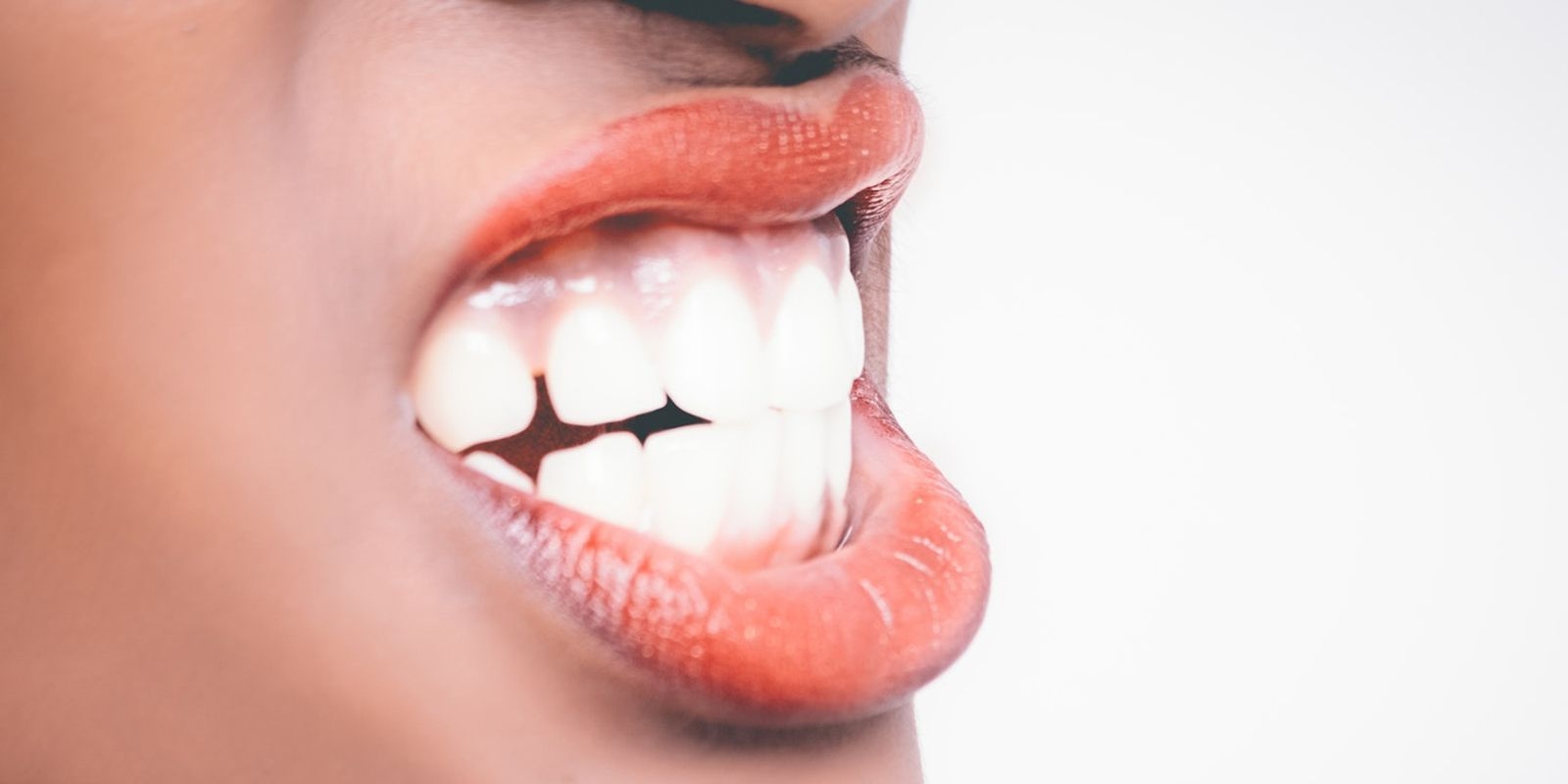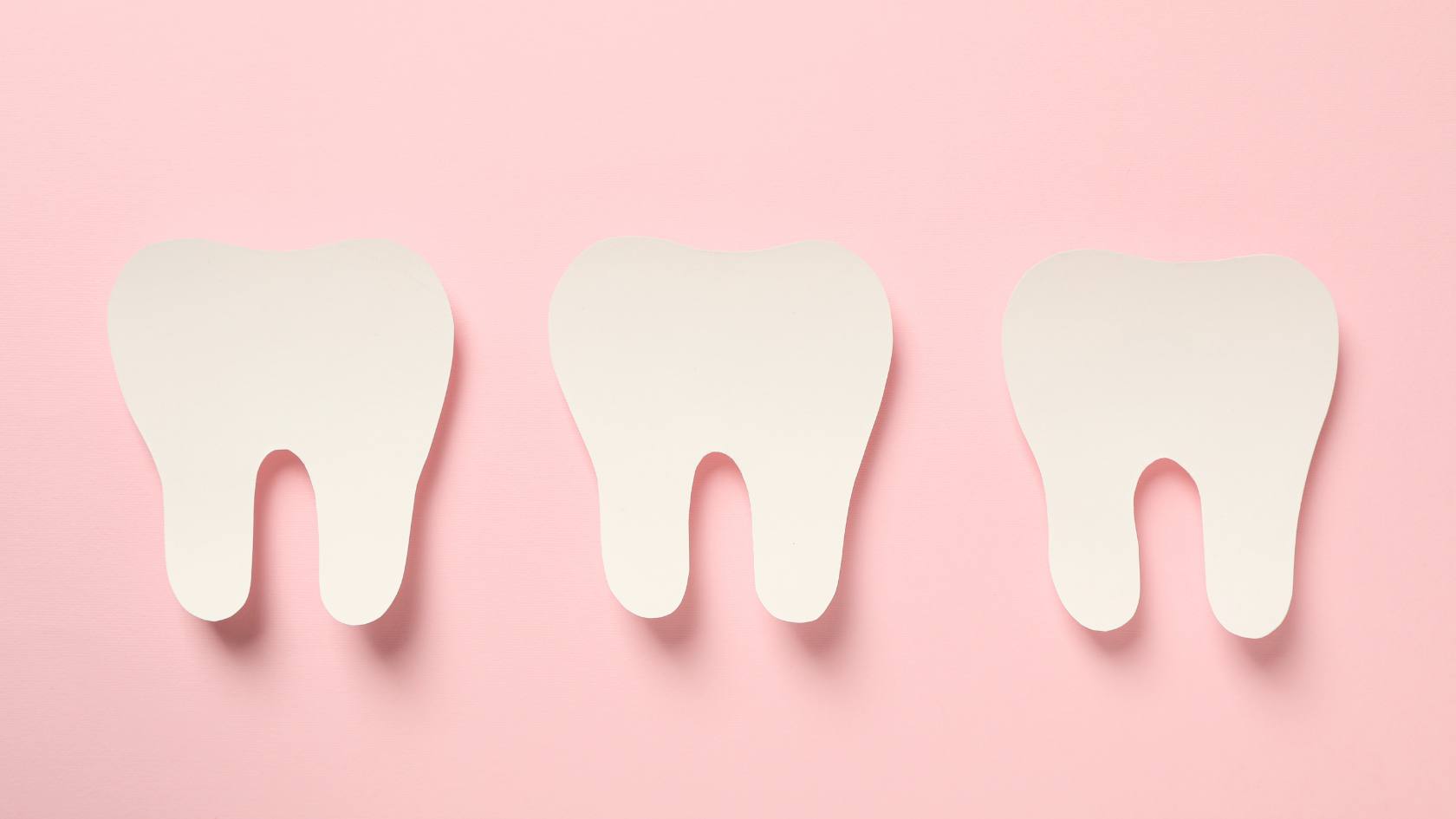Tooth Enamel: What It Is and Why It Matters for Your Smile
If you’ve ever heard your dentist at Bassett Creek Dental in Golden Valley, MN mention your enamel, you might have wondered—what exactly is tooth enamel, and why is it so important? Understanding enamel can help you take better care of your teeth and prevent long-term dental issues.
What Is Tooth Enamel?
Tooth enamel is the hard, protective outer layer of your teeth. It’s the strongest substance in your entire body—even stronger than bone. Enamel covers the crown of the tooth, which is the visible part above your gums, and serves as the first line of defense against tooth decay and damage.
Why Is Enamel Important?
Every time you chew, bite, crunch, or grind, your enamel is at work protecting your teeth. It also acts as an insulator, shielding the inner layers of your teeth from extreme temperatures and chemicals in food and drinks that could otherwise cause pain or sensitivity.
What Happens If Enamel Gets Damaged?
Once enamel is worn down, it can’t grow back. Unlike other tissues in your body, enamel has no living cells—so it can’t repair itself if it becomes damaged or eroded. That’s why it’s so important to prevent enamel erosion before it starts.
Common Causes of Enamel Erosion
Many of the foods and beverages we enjoy every day are acidic and can wear away enamel over time. Even healthy items like fruits and juices can contribute to erosion if you don’t take steps to protect your teeth.
High-acid foods and drinks that can damage tooth enamel:
Citrus fruits (oranges, lemons, grapefruits)
Berries and cherries
Tomato products
Vinegar and salad dressings
Wine and iced tea
Sodas and sports drinks
Tonic water
Apple juice and cranberry juice
Pickles
After enjoying acidic foods or drinks, rinse with water and wait 30 minutes before brushing to avoid weakening your enamel further.
Other Causes of Enamel Damage
Beyond diet, other everyday habits and conditions can harm your enamel:
Attrition: Natural wear from grinding or clenching your teeth
Abrasion: Brushing too hard, using a hard-bristled toothbrush, or biting on hard objects like fingernails or pens
Abfraction: Tiny cracks caused by stress or pressure on the teeth over time
Concerned About Enamel Loss? We Can Help.
If you’re noticing signs of sensitivity or want to learn how to better protect your enamel, schedule an appointment with our dental team in Golden Valley, MN. We’ll assess your enamel health and give you tips tailored to your unique needs.
Bassett Creek Dental is proud to serve families in Golden Valley, St. Louis Park, Crystal, and the surrounding Twin Cities areas.
Have questions about protecting your enamel? Ask your hygienist or dentist during your next visit—we’re here to help you keep your smile strong for life.
Frequently Asked Questions About Tooth Enamel
What are signs that my tooth enamel is damaged?
Common signs of enamel erosion include tooth sensitivity, discoloration, visible cracks or chips, and increased risk of cavities.
Can enamel grow back once it’s gone?
No. Tooth enamel does not regenerate. Unlike bone, enamel contains no living cells, so once it’s lost, it cannot grow back. However, fluoride treatments and enamel-strengthening toothpaste can help protect what remains.
How can I protect my enamel every day?
Use a soft-bristled toothbrush, brush gently twice a day with fluoride toothpaste, avoid frequent snacking on acidic foods, and rinse with water after eating.
Is enamel erosion painful?
Yes, enamel erosion can lead to tooth sensitivity or discomfort, especially when eating hot, cold, or sweet foods.
Does teeth grinding damage enamel?
Yes. Grinding or clenching your teeth can wear down enamel over time. Your dentist may recommend a night guard to help protect your teeth.


